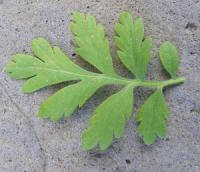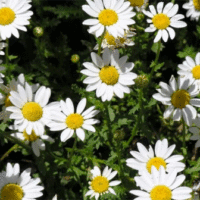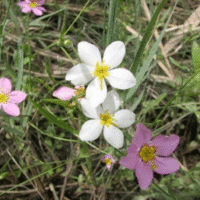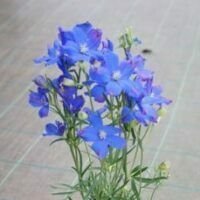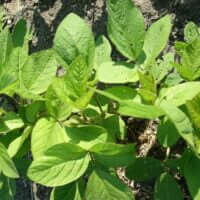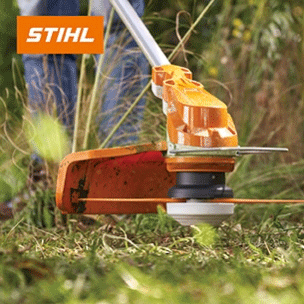| Botanical name | Tanacetum parthenium (Chrysanthemum parthenium) |
|---|---|
| Plant Care |  Full Sun Full Sun – Prefers 6 or more hours of sun per day.  Semi Frost Hardy Semi Frost Hardy – Is Able to Survive Moderately Low Temperatures.  Moderate Watering Moderate Watering – Requires Regular Watering.  Non Indigenous Non Indigenous – Exotic to South Africa. |
| Size | |
| Categories | |
| Flowers | Description:Feverfew bear a mass of small, single or double chrysanthemum-like flowers in white or yellow.Flowers 12 weeks after germination. |
| Common name(s) | Feverfew |
| Origin | |
| Foliage | Description: Herbaceous aromatic and velvet or fuzzy textured foliage. |
| Uses in landscape design | May be used in border fronts or rock gardens edger, or bedding plant. Also, feverfew does well in large container for small spaces. |
| Planting instructions | Easily grown from seed, it will self-seed itself everywhere. Space the little plants, which transplant easily, 300 mm apart in full sun. |
| Maintenance | If the flowering head is allowed to set seed the plant will not remain perennial, cut the flowers and enjoy them in vases. |
| Soil conditions | They thrive in any soil, but can reach up to 60 centimetres in height in well-composted, well-dug, well watered soil. |
| Uses | The flowers are lovely and long lasting in the vase. |
| Interesting planting ideas | Plant near beans, cabbages, lettuces, peas, radishes, spinach and squash. |
| Interesting info | A traditional medicinal herb for treating fevers and headaches and modern research has shown that it even helps in arthritis. Tanacetum parthenium was previously known as Matricaria eximia. |
| Propagation | Feverfew self-seeds well and the seeds can be sown in spring or autumn. |
| Common pests and diseases | Spider mites can be a problem. |
| Harvest | Leaves and flowers can be picked at any time. |
| When to sow | |
| Seed sowing instructions | Sow directly or in tray and space seedlings 300mm apart. |
Tanacetum parthenium (Chrysanthemum parthenium) (Feverfew)
- Botanical name: Tanacetum parthenium (Chrysanthemum parthenium)
- Common name(s): Feverfew
- Categories: Annuals
Plant description:
An easy-to-grow annual that self-sows. Compact plants bear a mass of small, single or double chrysanthemum-like flowers in white or yellow. Good cut flowers. Sow seed in spring, directly or in trays; space seedlings 300mm apart. Flowers 12 weeks after germination. A traditional medicinal herb for treating fevers and headaches. Previously known as Matricaria eximia.
Family: – Asteraceae (daisies)
Synonym: – Chrysanthemum parthenium
Botanical Pronunciation: TAN-uh-SEE-tum par-THEN-ee-um
Tanacetum parthenium (Chrysanthemum parthenium) requirements and features
info on these icons
Moderate Maintenance
Requires moderate maintenance.
Prohibited Use Notice: No Data Scraping Allowed Except for Search Engine Indexing:
The content provided on PlantInfo.co.za is intended for personal, non-commercial use only. Unauthorized extraction, reproduction, or use of the data, including scraping, for any purpose other than search engine indexing is strictly prohibited. Violations of these terms may result in legal action. By accessing and using this website, you agree to comply with these conditions and acknowledge the legal restrictions on the use of our content.
Description:Feverfew bear a mass of small, single or double chrysanthemum-like flowers in white or yellow.Flowers 12 weeks after germination. 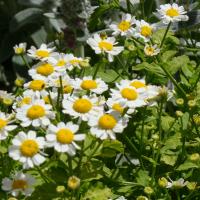
Description: Herbaceous aromatic and velvet or fuzzy textured foliage. 